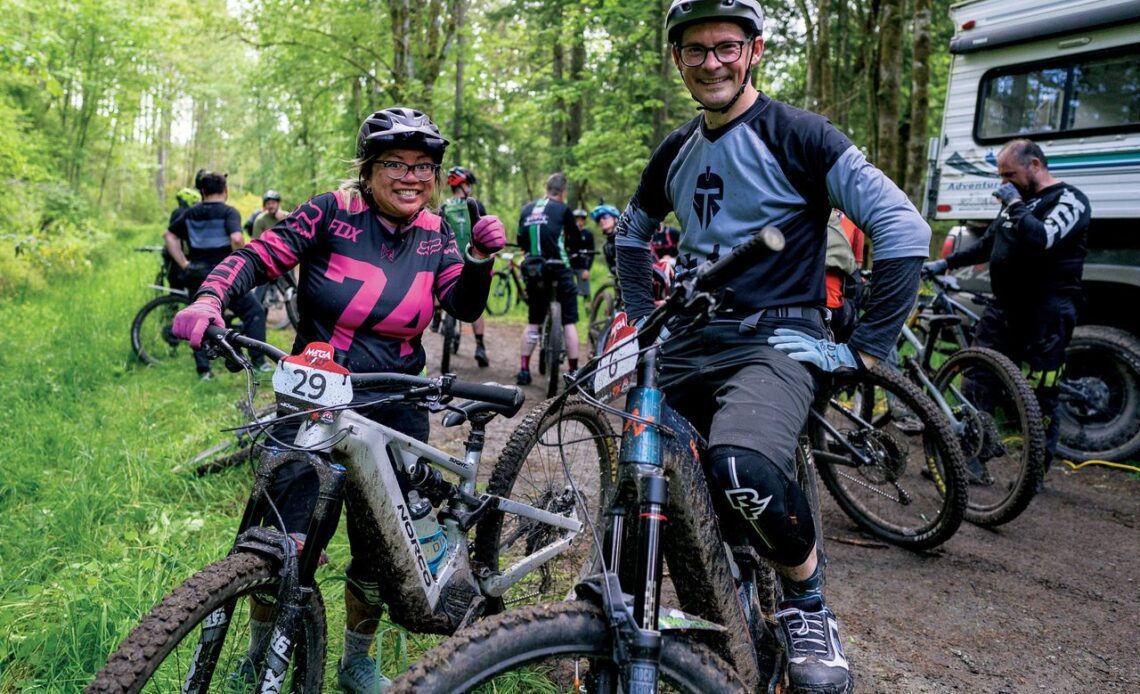by Tara Nolan
We’ve all seen the influx of new cyclists on bikes. They’re on road bikes, gravel rigs, mountain whips and even, as my friend adorably calls cruisers, doo-di-doos. Ebikes and trail-focused eMTBs are very much a part of that surge. Those battery-powered bikes may have taken some flak by analog purists as the new models emerged. But it seems the derision, as well as pro/anti debates, are fading, somewhat. There are occasional headlines when new policies are implemented or disagreements occur in a community over fresh rules that either ban or allow them. Since the pandemic has brought a lot more people outdoors and on the trails, there have been more voices and opinions added to the mix throughout the past two years.
With eMTBs, the conversation is evolving as landowners and stakeholders across Canada try to define the parameters around which types of battery-powered bikes should be granted access to singletrack—and which trails are off limits. All parties face tough questions. As eMTBs gain in popularity, how do trail networks adapt? Who makes the final call around policies when there are multiple landowners, regions and conservation authorities involved? What discussions should be had around ecology and ableism? How does a club or landowner communicate etiquette to new trail users? How are rules enforced? How do we welcome all users to our beloved sport?
What, exactly, do you mean by eMTB?
When we speak of ebikes—you, me, other writers in this magazine—we mean pedal-assist bikes. No throttles. But the term ebike is often used for machines with throttle-assist. Those ebikes can get lumped into a category that also includes scooters and motorbikes. Language really needs to evolve with the different types of bikes now available.
What does seem to be pretty standard is the definition of the type of ebike allowed on mountain bike trails across the country: the bike must be pedal-assist, reaching a maximum speed of 32 km/h with an electric motor of 500 W or less. These bikes fall under the category of Class 1 ebikes. They are also called pedal-assist mountain bikes, or simply eMTBs.
IMBA Canada uses much of the same language, as do provincial regulatory bodies. “IMBA Canada is against the use of throttle-controlled ebikes,” the organization writes on its website, “and believes that only those which are activated by the use of pedalling should be considered on mountain…
Click Here to Read the Full Original Article at Canadian Cycling Magazine…

